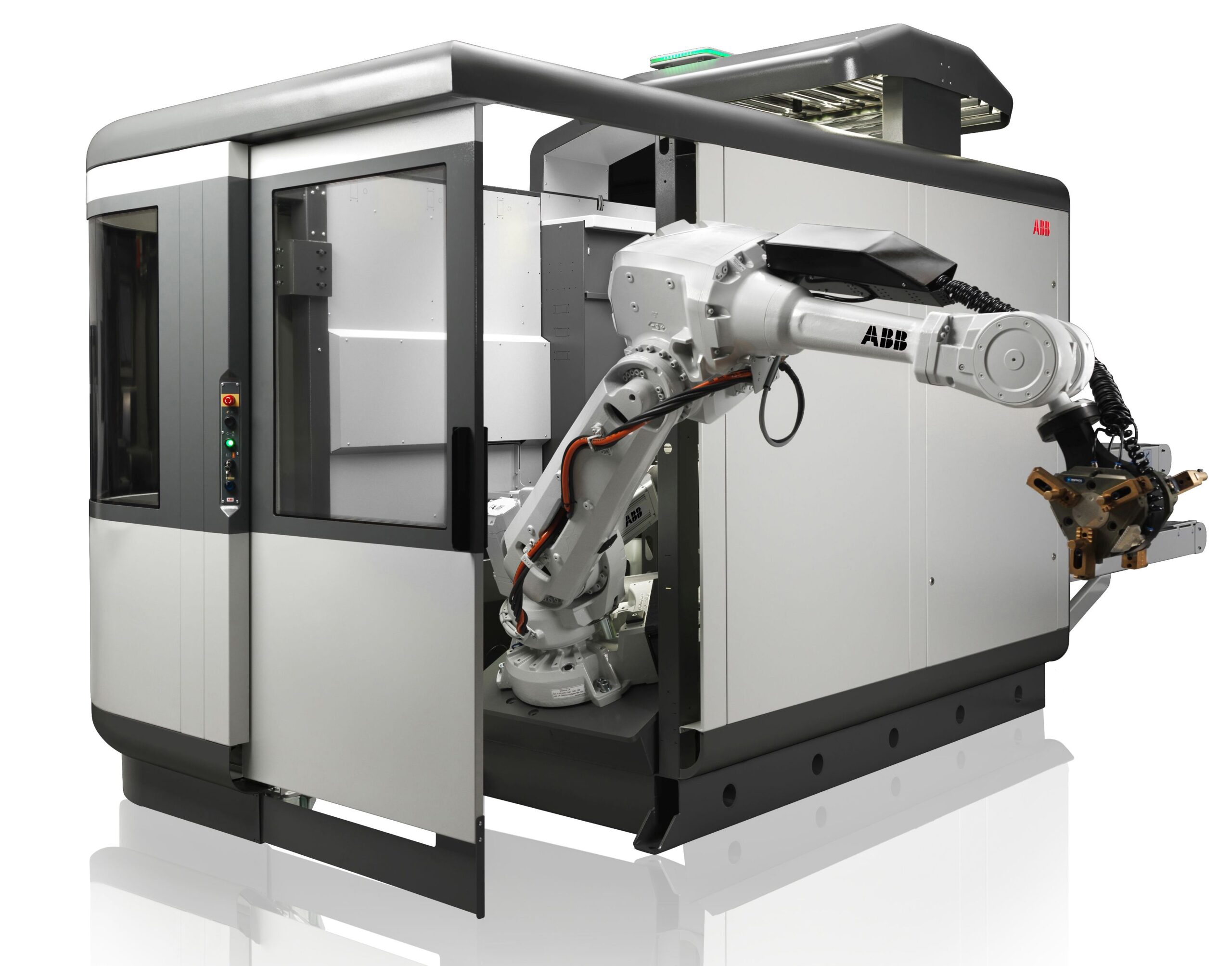For companies producing small batches or complex, high-tolerance plastic parts, low volume injection molding and precision injection molding capabilities are essential. While historically these services were sourced domestically, China has emerged as a leading option for high-quality, cost-effective low-volume and precision molding.
Injection molding is a common manufacturing process used to produce plastic parts and products in high volumes. However, for lower volume applications or products that require more precision, processes like low shot size molding and accurate injection molding are often better options.
However, effectively sourcing these services in China requires carefully identifying the right supplier, defining part specifications, engineering high-performance mold tooling, implementing robust quality control, and managing supply chain logistics.
This guide covers the key factors to consider when buying low volume injection molding or precision injection molding in China. Follow the strategies outlined below to ensure you receive top-quality parts on time and on budget.
Step 1: Define Low-Volume and Precision Injection Molding Requirements
The first step is developing a detailed specification document that communicates:
- Part geometries: Provide 3D CAD models and drawings with all dimensions, tolerances, materials, and other specifications required.
- Volume needs: Specify expected annual/monthly order volumes and projections for scaling up (or down) over time.
- Secondary operations: List any additional processing needed like pad printing, ultrasonic welding, CNC machining, etc.
- Quality standards: Outline standards for part quality, material grades, visual appearance, functional testing, certifications, etc.
- Logistics requirements: Provide expected order lead times and freight logistics preferences like air/ocean, delivery terms, import regulations, etc.
Clearly documenting your needs is crucial for suppliers to deliver the right solution.
Step 2: Research and Shortlist China Injection Molding Partners
With your specifications in hand, research injection molding suppliers in China that offer low-volume and precision capabilities using tactics like:
- Search industry directories and attend trade shows to find suppliers serving your target industries.
- Get referrals from other manufacturers who source low-volume or precision molding in China.
- Screen suppliers on Alibaba, Made-in-China, and other websites based on capabilities listed.
- Evaluate third-party molder audit reports from organizations like the ISTA if available.
Create a shortlist of 3-5 suppliers for further vetting. Favor those with strong engineering teams, proven low-volume expertise, and precision molding experience.
Step 3: Define Mold Tooling Strategy and Requirements
The quality of your mold tooling will directly impact the precision of your molded parts. Work with your selected supplier to develop a high-performance mold design including:
- Mold materials: Use hardened tool steels like P20 or H13 to maintain tight tolerances over low-volume runs.
- Cavitation considerations: Use higher cavity molds for low-volume efficiency, but ensure adequate repeatability.
- Cooling channels: Add conformal cooling channels to enable faster, more consistent cycle times.
- Surface treatments: Use coatings like titanium nitride or chrome plating on high-wear areas.
- Automation features: Incorporate robot grippers, ejection systems, and sensors to enable automation.
Closely review the mold design and have your supplier address any potential areas for improvement before fabrication.
Step 4: Qualify Suppliers Through Sampling and Testing
Once you’ve contracted a supplier, the next stage is verifying their capabilities meet your needs through:
- Initial sample evaluation: Conduct dimensional measurements and visual inspection on early samples to qualify the tooling.
- Test mold runs: Review parts produced from small test batches for consistency before full-scale runs.
- Process audits: Witness production line processes first-hand through site visits and audits if possible.
- Functional/performance testing: Test molded part functionality, strength, endurance etc. per your product standards.
- Certifications: Review all relevant quality, process, and material certifications.
Address any deficiencies immediately before clearing the supplier for full production.
Step 5: Optimize Low-Volume Injection Molding Costs
Once qualified, work with your supplier to maximize cost efficiency in low-volume production through tactics like:
- Multi-cavity molds: Use higher cavity tools with 2, 4 or more impressions to maximize per-cycle output.
- Shared tooling: Lower costs by producing multiple part numbers in one mold with interchangeable cavities.
- Inventory management: Plan economic order quantities and just-in-time delivery to minimize inventory carrying costs.
- Automated post-processing: Automate any feasible secondary operations traditionally done manually to reduce labor expenses.
- Consolidated shipments: Combine orders to optimize logistics costs.
Careful planning and optimization at both the tooling and production level can yield significant cost reductions.
Conclusion
Sourcing low volume injection molding and precision injection molding in China involves many moving pieces around supplier selection, tooling, quality control, and cost management. However, buyers that take a systematic approach and collaborate closely with their supplier can achieve high-quality results at very competitive prices. With China’s extensive capabilities, even lower demand applications can benefit from offshore production.














